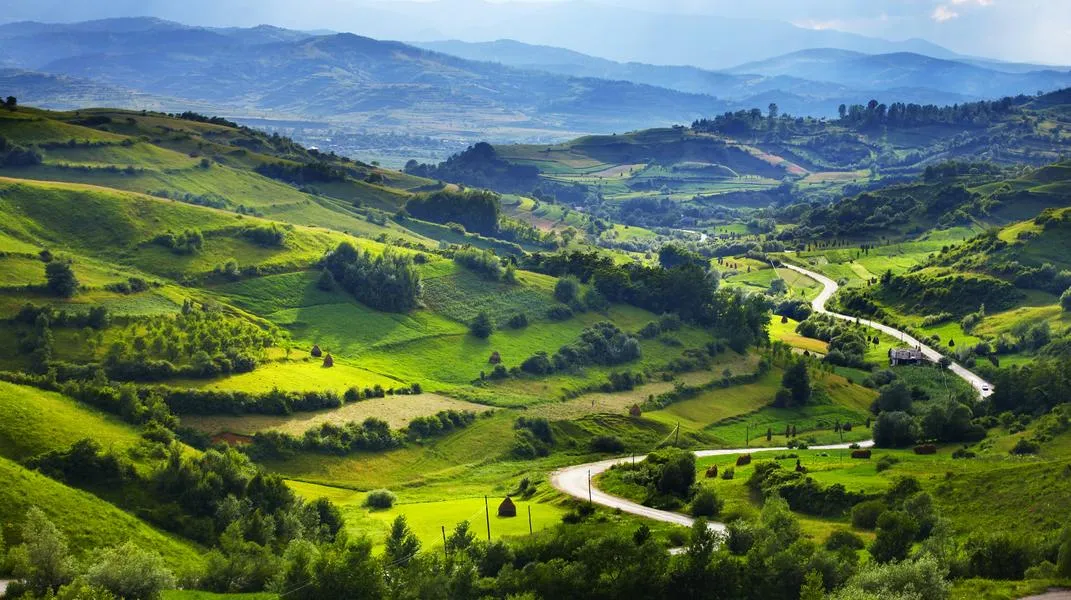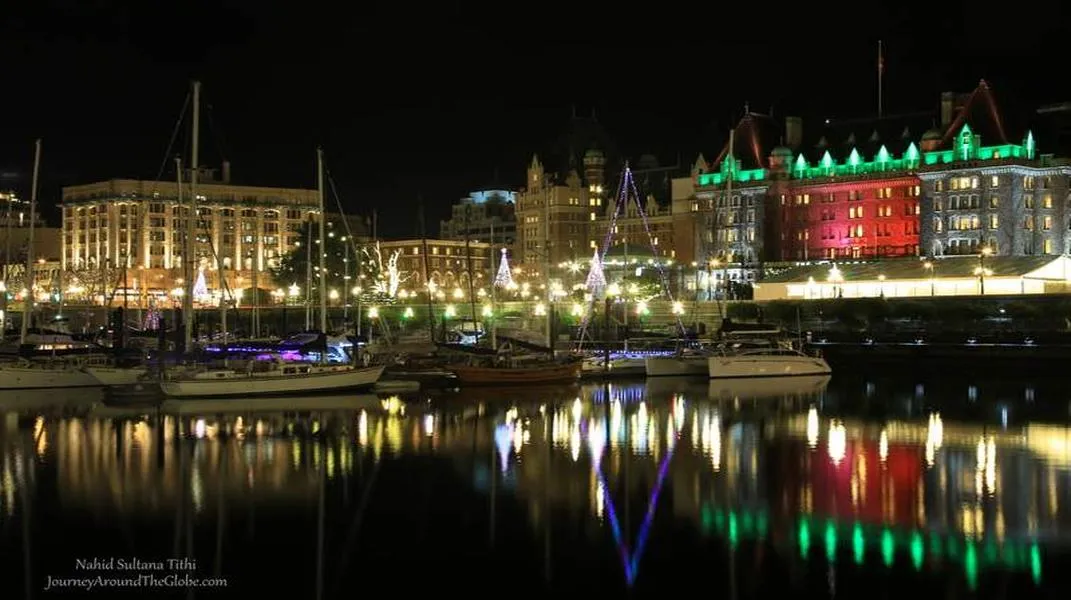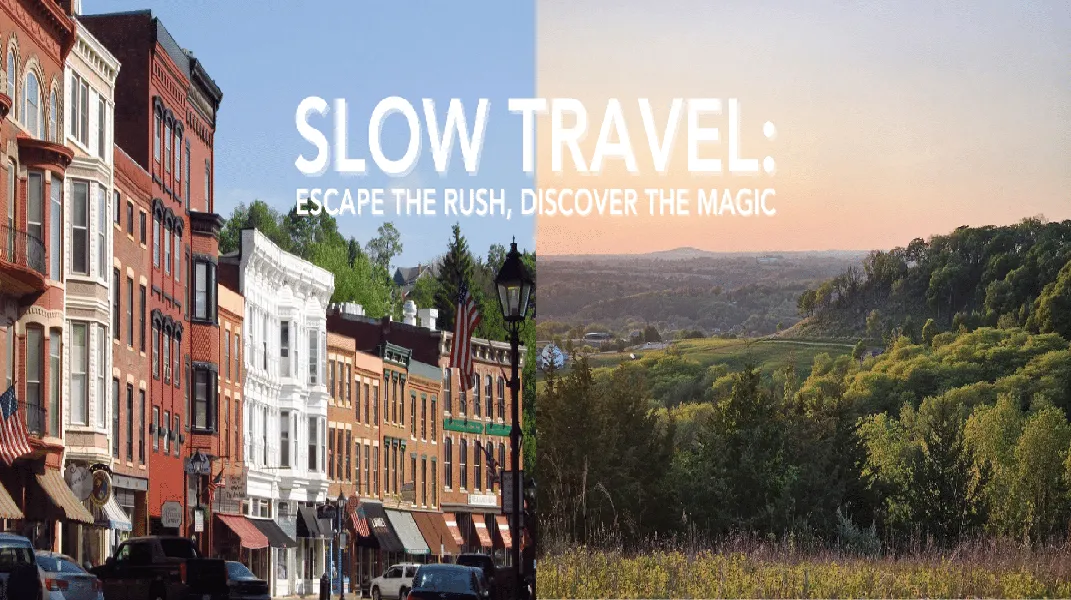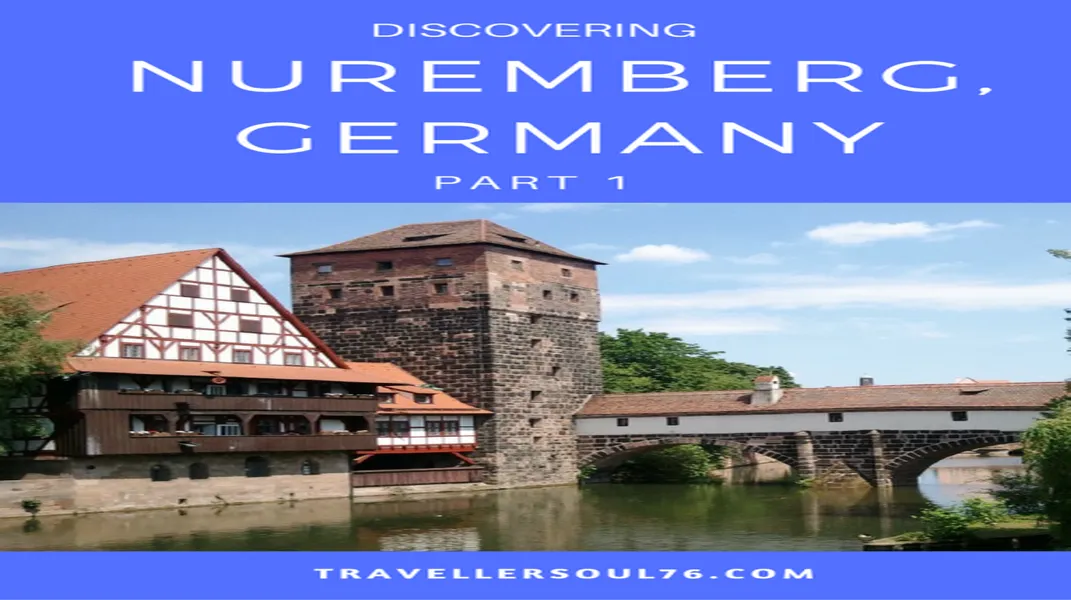Exploring Sofia: A Vibrant Blend of History, Culture, and Nature
Sofia, the capital city of Bulgaria, is a fascinating blend of historical richness, cultural diversity, and natural beauty. Nestled at the foot of the Vitosha Mountain, this ancient city has been inhabited for thousands of years, making it one of the oldest cities in Europe. With its diverse architecture, vibrant arts scene, and rich history, Sofia is a must-visit destination for travelers seeking to immerse themselves in a unique European experience.
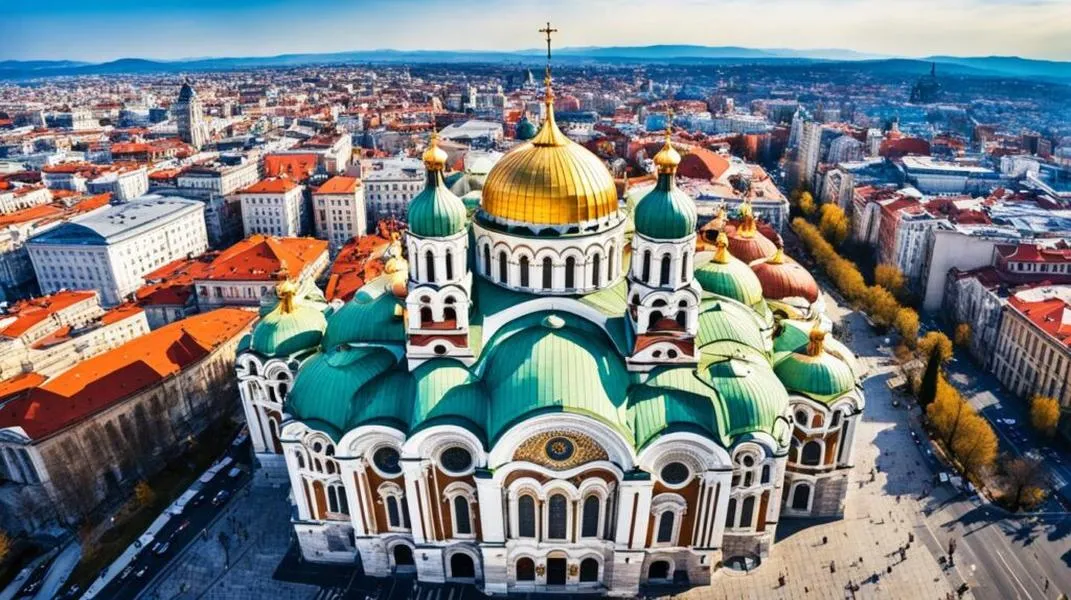
A Historical Overview
Sofia's history dates back to the 8th century BC when it was known as Serdica, a significant settlement of the Thracians. Over the centuries, it has been influenced by various civilizations, including the Romans, Byzantines, and Ottomans. The remnants of these eras can be seen throughout the city, making Sofia a living museum of architectural styles and cultural influences.
Key Historical Sites
1. Alexander Nevsky Cathedral: One of the most iconic symbols of Sofia, this stunning Orthodox cathedral, completed in 1912, features intricate mosaics and a striking golden dome. It is dedicated to the Russian soldiers who died in the Russo-Turkish War and serves as a testament to Bulgaria's national identity.
2. The Roman Ruins of Serdica: Located near the city center, these ancient ruins showcase the Roman history of Sofia. Visitors can explore the remains of a Roman city, including streets, baths, and an amphitheater, all beautifully integrated into the modern city.
3. The National Palace of Culture (NDK): A significant cultural venue in Sofia, the NDK is home to various exhibitions, concerts, and events. The building itself is a remarkable example of Socialist architecture and is surrounded by beautiful gardens.
4. The Boyana Church: A UNESCO World Heritage Site, this medieval church is known for its stunning frescoes from the 13th century that depict biblical scenes with remarkable detail. The church is set against the backdrop of Vitosha Mountain, making it a picturesque destination.
5. The Ivan Vazov National Theatre: As Bulgaria's national theater, this neoclassical building is not only an architectural gem but also a cultural hub. Visitors can catch a performance or simply enjoy the beautiful architecture and surrounding gardens.
Cultural Experiences
Sofia is not just about historical sites; it also boasts a thriving cultural scene that includes art galleries, theaters, and music venues. The city hosts various festivals throughout the year, celebrating everything from film to literature.
Artistic Attractions
1. The National Art Gallery: Housed in a former royal palace, this gallery features an extensive collection of Bulgarian art from the Middle Ages to contemporary works. It is an excellent place for art lovers to explore the evolution of Bulgarian artistic expression.
2. Sofia City Art Gallery: This gallery focuses on modern and contemporary Bulgarian art, showcasing works by emerging artists alongside established names. It often features temporary exhibitions that highlight specific themes or artistic movements.
3. Vitosha Boulevard: The main shopping street in Sofia, Vitosha Boulevard is lined with cafes, boutiques, and street performers. It's a great place to soak in the local atmosphere, enjoy a coffee, or pick up souvenirs.
4. Cultural Festivals: Sofia hosts numerous festivals throughout the year, such as the Sofia International Film Festival, the Sofia Music Weeks, and the Sofia Literature Festival. These events provide a glimpse into the city's vibrant cultural life and are a great opportunity to engage with local artists and performers.
Natural Beauty
Sofia is not only a city of history and culture; it is also surrounded by stunning natural landscapes. Vitosha Mountain, with its lush forests and hiking trails, is easily accessible from the city center and offers a perfect escape for nature lovers.
Outdoor Activities
1. Hiking in Vitosha Mountain: There are numerous trails catering to various skill levels, from leisurely walks to challenging hikes. The Aleko area is popular for its accessibility and offers stunning views of Sofia.
2. Skiing in the Winter: For those visiting during the winter months, Vitosha provides skiing and snowboarding opportunities just a short distance from the city. The ski slopes are suitable for both beginners and experienced skiers.
3. Parks and Gardens: Sofia is home to several parks, including Borisova Gradina and the South Park, which provide green spaces for relaxation, picnics, and outdoor activities. These parks often host events, concerts, and festivals during the warmer months.
Preparing for Your Visit
To ensure a smooth and enjoyable trip to Sofia, it's essential to prepare adequately. Here’s a comprehensive guide to help you get ready for your visit.
Essential Materials
1. Travel Documents: Ensure your passport is valid for at least six months beyond your planned departure. Check if you need a visa to enter Bulgaria, depending on your nationality.
2. Accommodation: Research and book your accommodation in advance. Sofia offers a range of options, from luxury hotels to budget hostels. Consider staying in the city center for easy access to attractions.
3. Local Currency: The currency in Bulgaria is the Bulgarian Lev (BGN). It's advisable to have some cash on hand for small purchases, although credit cards are widely accepted in most places.
4. Transportation: Familiarize yourself with Sofia’s public transportation system, which includes buses, trams, and the metro. Purchasing a travel card can save you money if you plan to use public transport frequently.
5. Language: While Bulgarian is the official language, many people in the tourism sector speak English. Learning a few basic phrases in Bulgarian can enhance your experience and show respect for the local culture.
6. Cultural Etiquette: Bulgarians are known for their hospitality. It's customary to greet people with a smile and a firm handshake. When dining, it’s polite to wait until everyone is served before starting to eat.
7. Packing Essentials: Depending on the season, pack accordingly. Summers can be hot, so lightweight clothing is advisable, while winters can be cold with snow, necessitating warm clothing. Comfortable walking shoes are a must, as you'll be exploring many attractions on foot.
Suggested Itinerary
To make the most of your visit to Sofia, consider the following itinerary:
Day 1:
- Start your day at Alexander Nevsky Cathedral.
- Explore the Roman Ruins of Serdica.
- Have lunch at a local restaurant, trying traditional Bulgarian dishes like banitsa or shopska salad.
- Spend the afternoon at the National Art Gallery.
- End your day with a stroll along Vitosha Boulevard, enjoying the cafes and shops.
Day 2:
- Take a morning hike in Vitosha Mountain.
- Visit the Boyana Church in the afternoon.
- Return to the city for dinner and catch a performance at the Ivan Vazov National Theatre.
Day 3:
- Explore Sofia’s parks, such as Borisova Gradina.
- Visit the Sofia City Art Gallery.
- Enjoy a leisurely afternoon at one of Sofia’s many cafes, soaking in the local atmosphere.
Day 4:
- Take a day trip to nearby attractions such as Rila Monastery or Plovdiv, another historical city in Bulgaria.
Conclusion
Sofia is a city that offers a unique blend of history, culture, and natural beauty, making it an ideal destination for travelers seeking a diverse experience. From its stunning architecture and rich history to its vibrant arts scene and breathtaking mountain landscapes, Sofia has something to offer everyone. With proper preparation and an open mind, your visit to this remarkable city will undoubtedly be a memorable one. So pack your bags, grab your camera, and get ready to explore the captivating city of Sofia!

